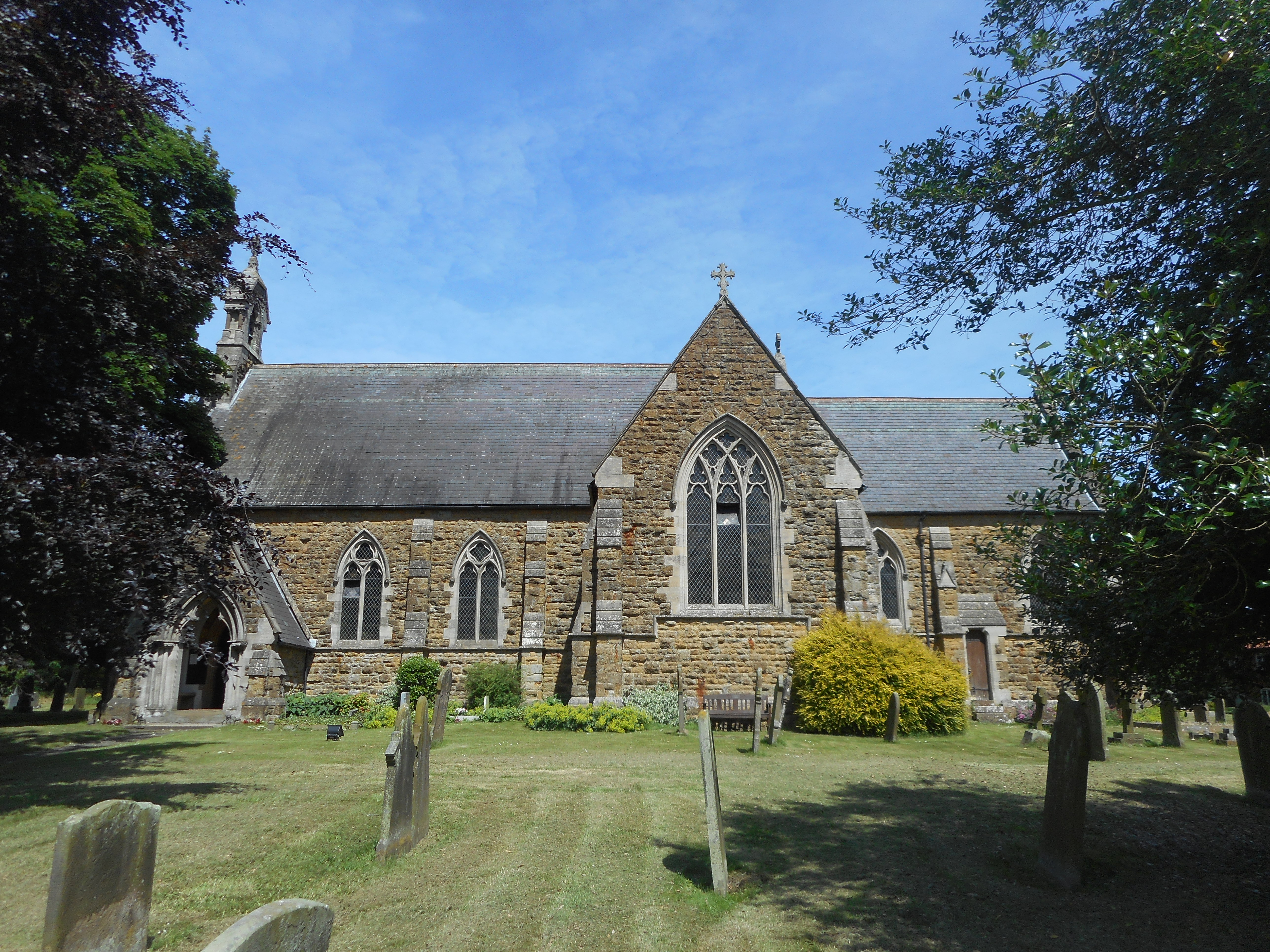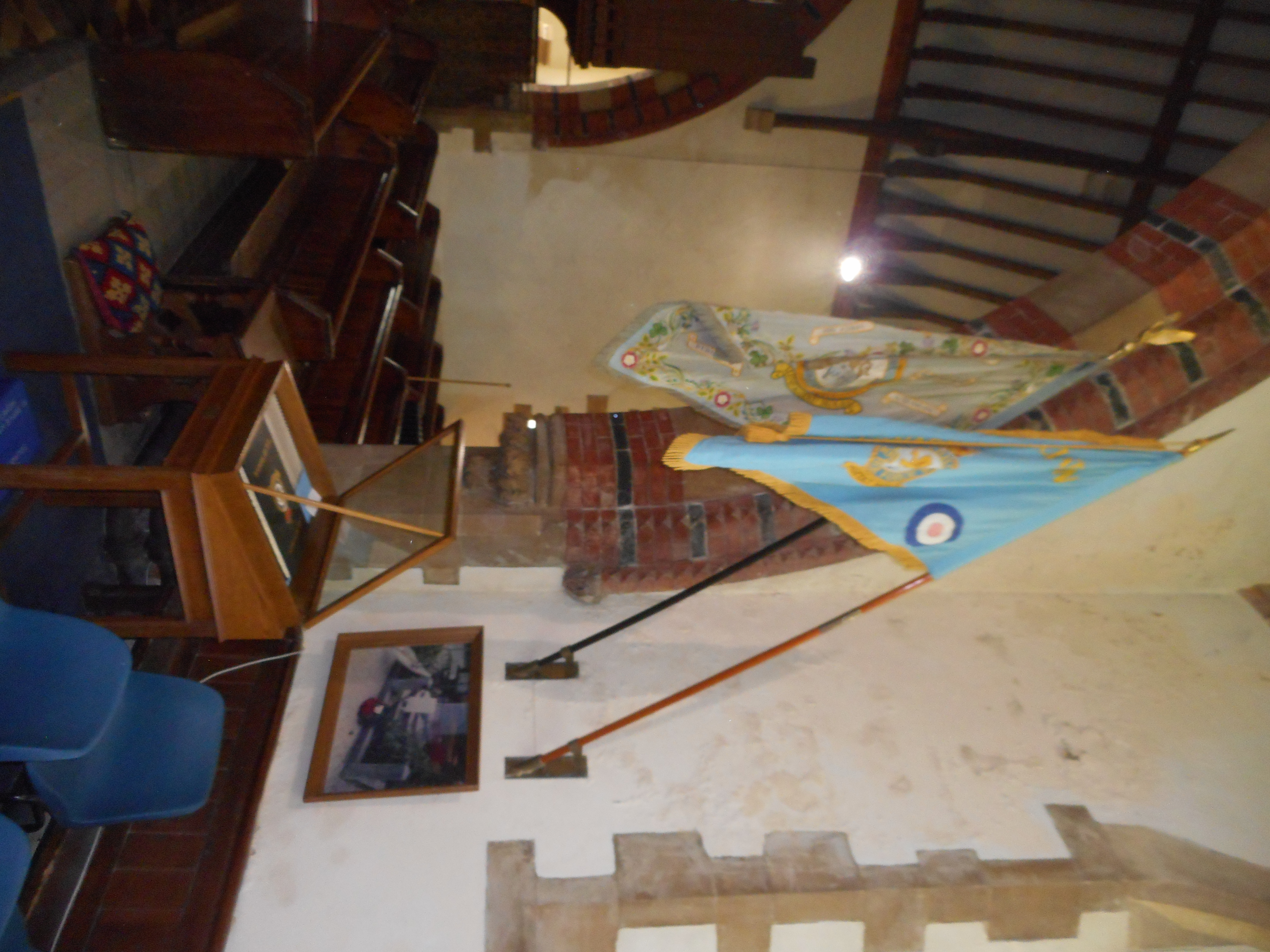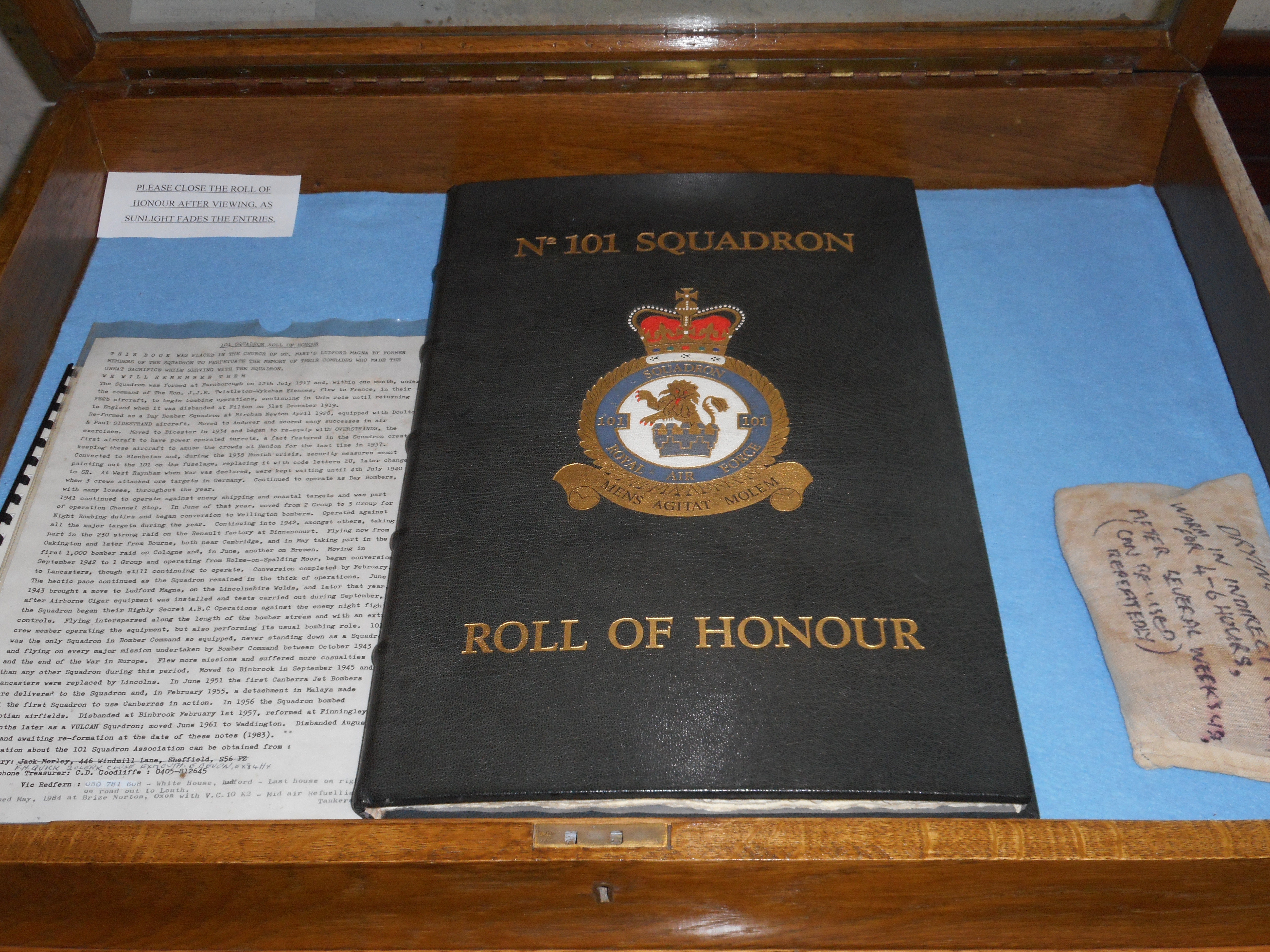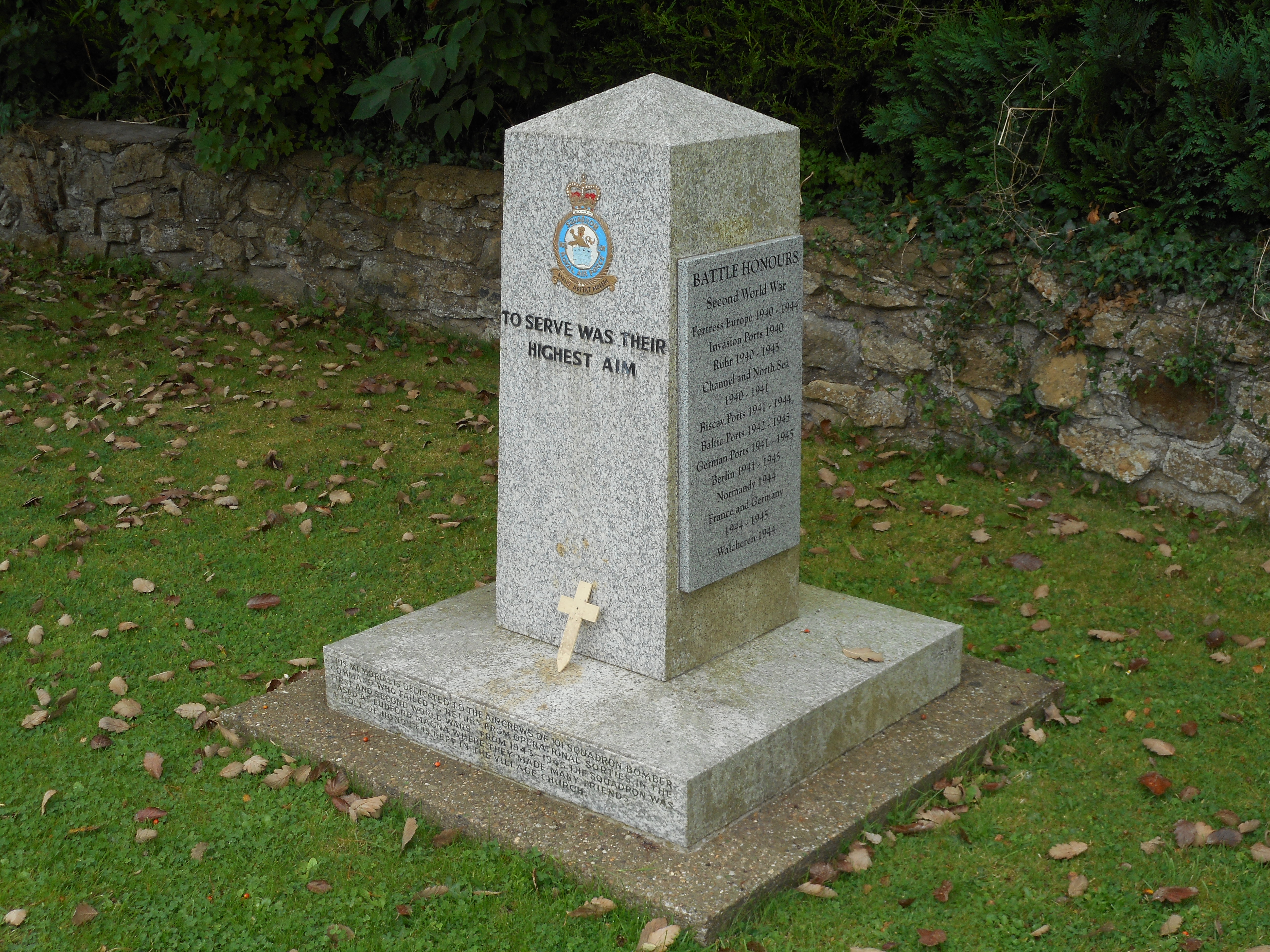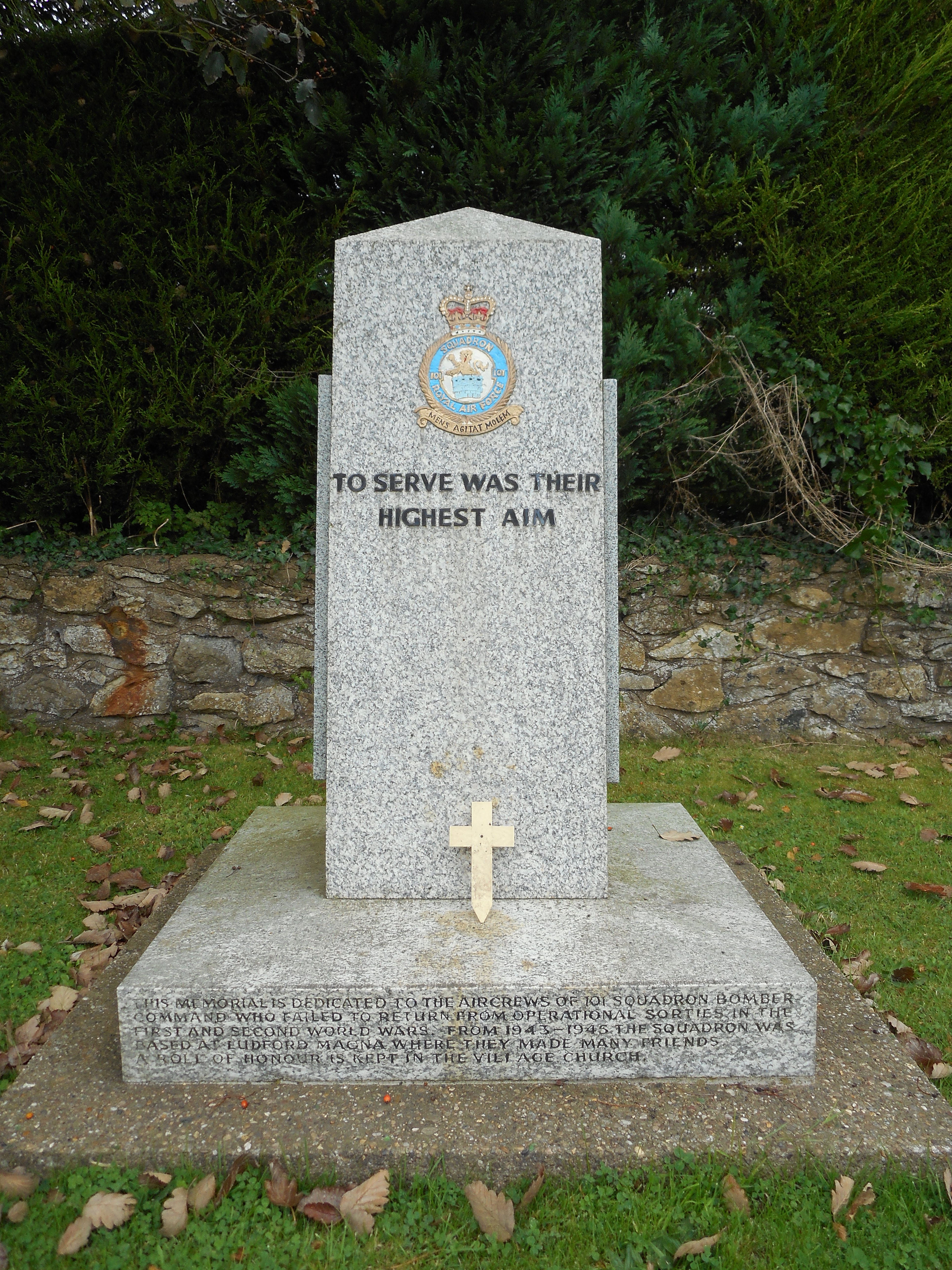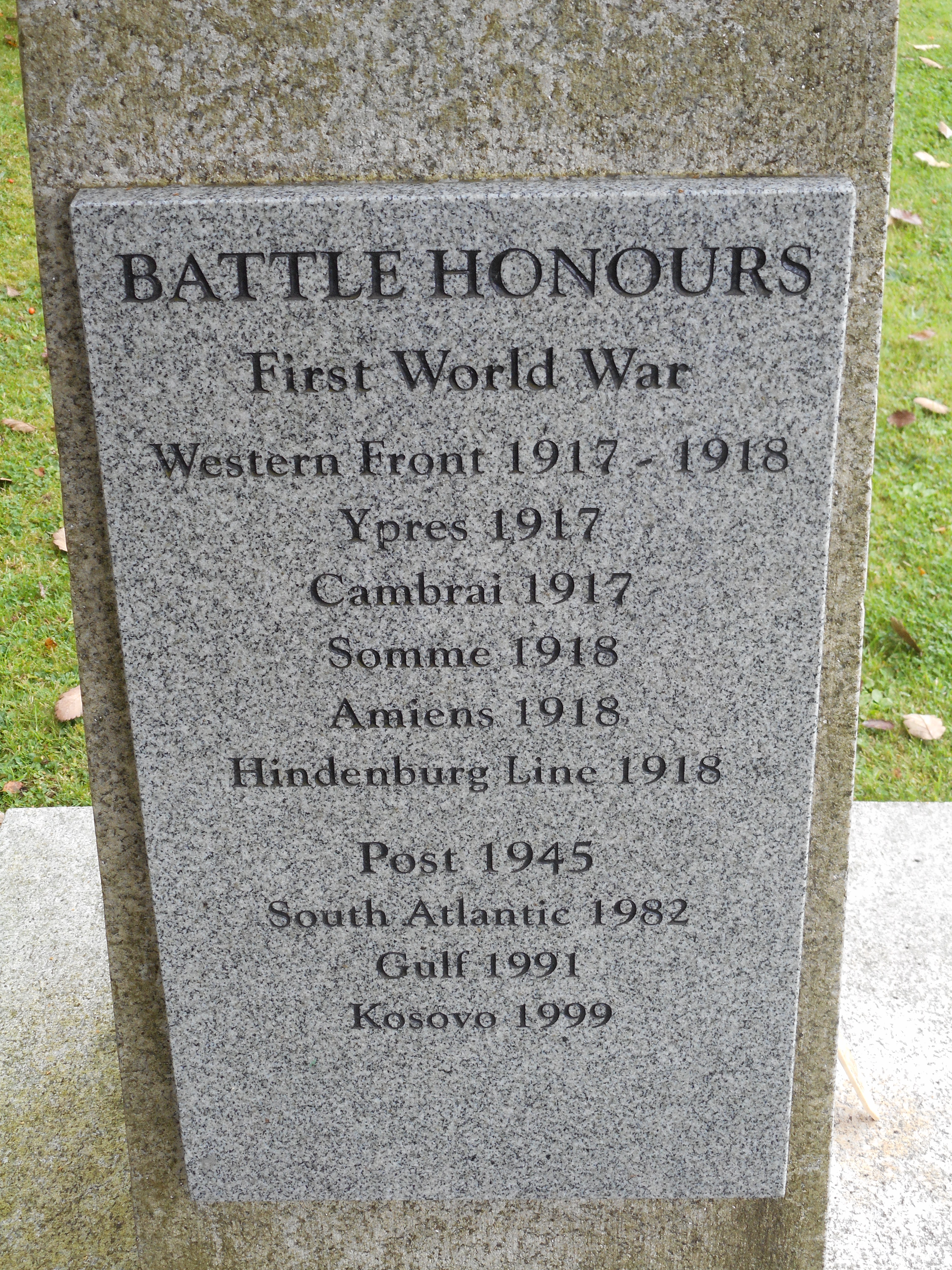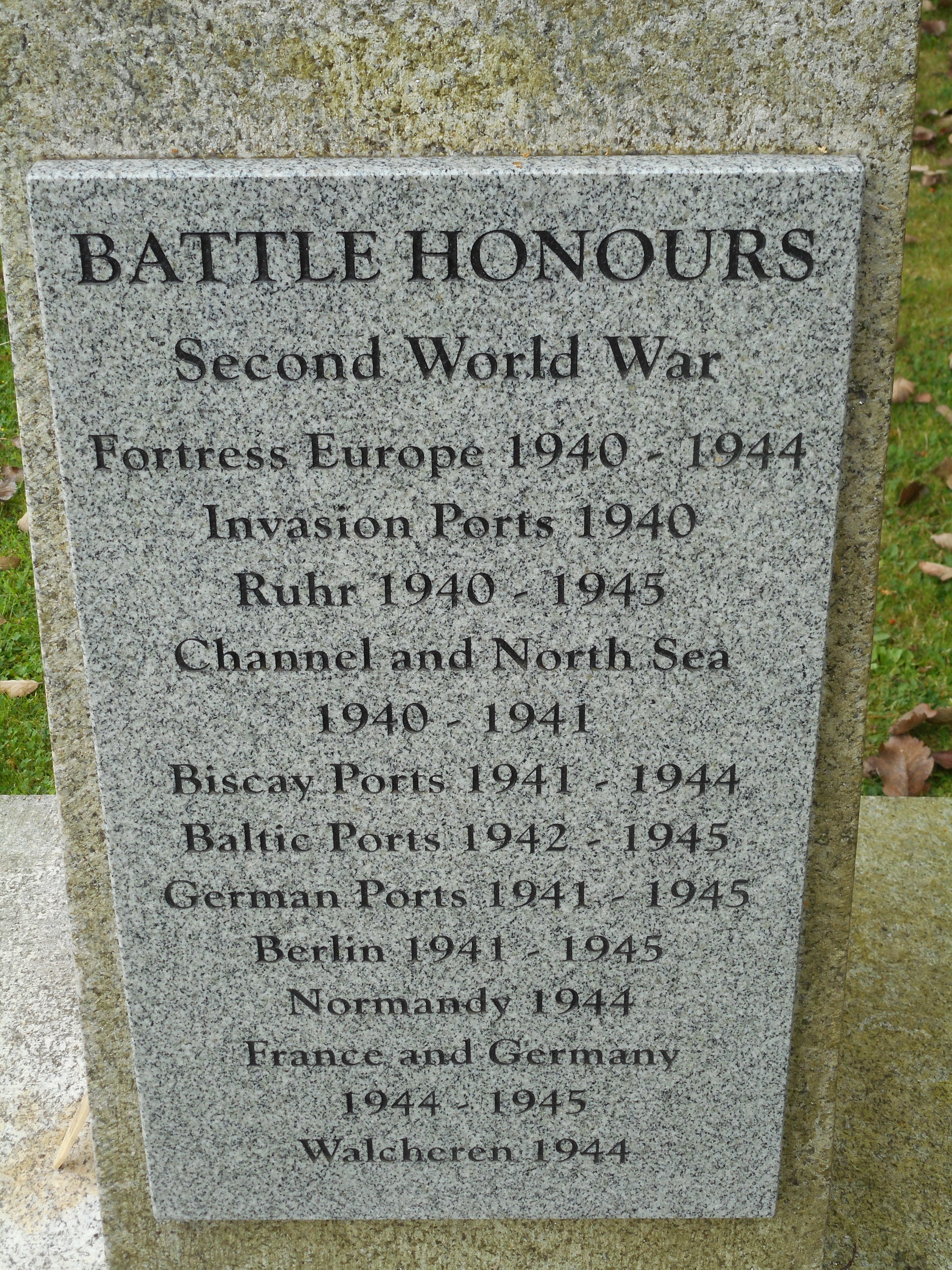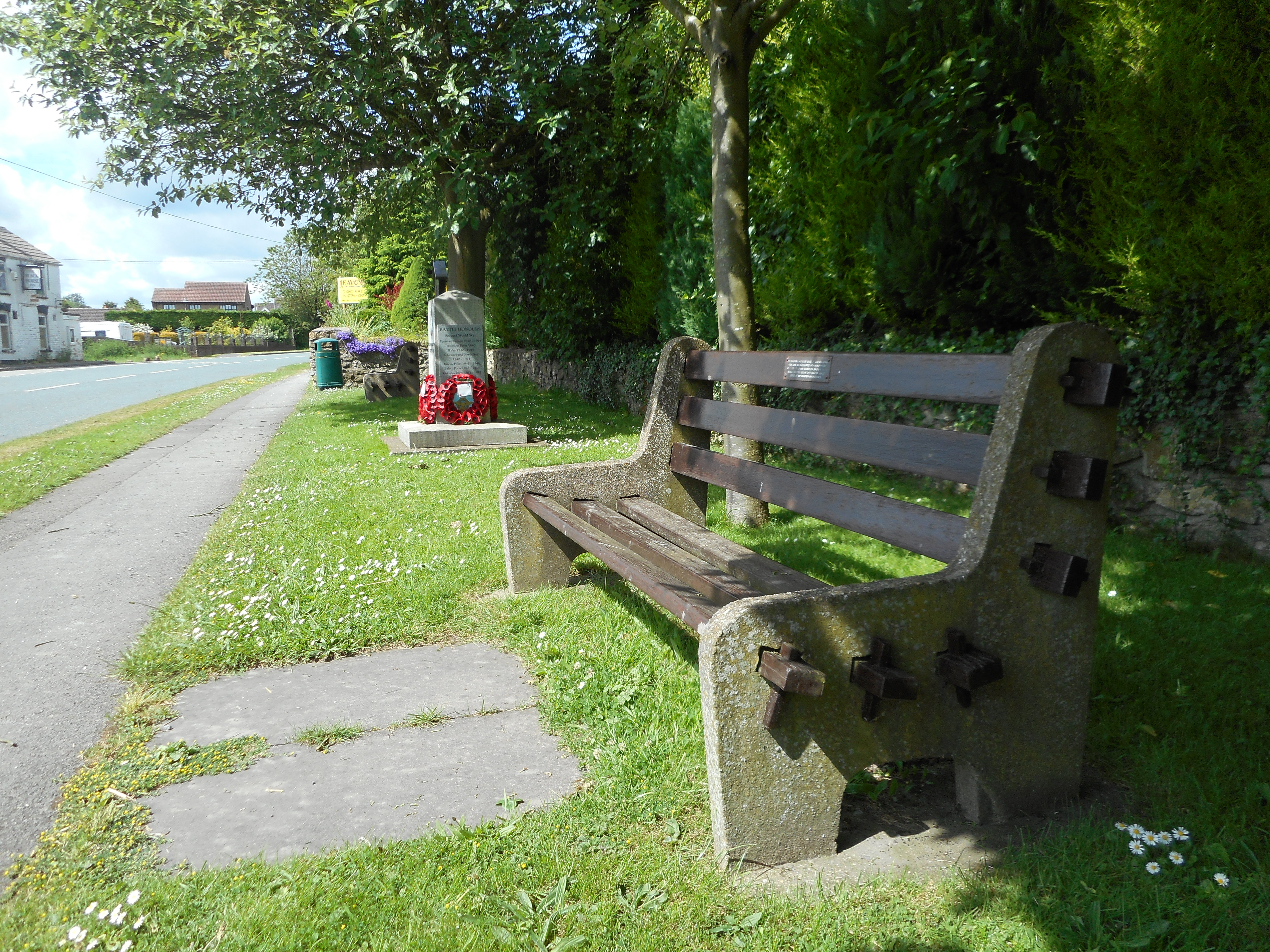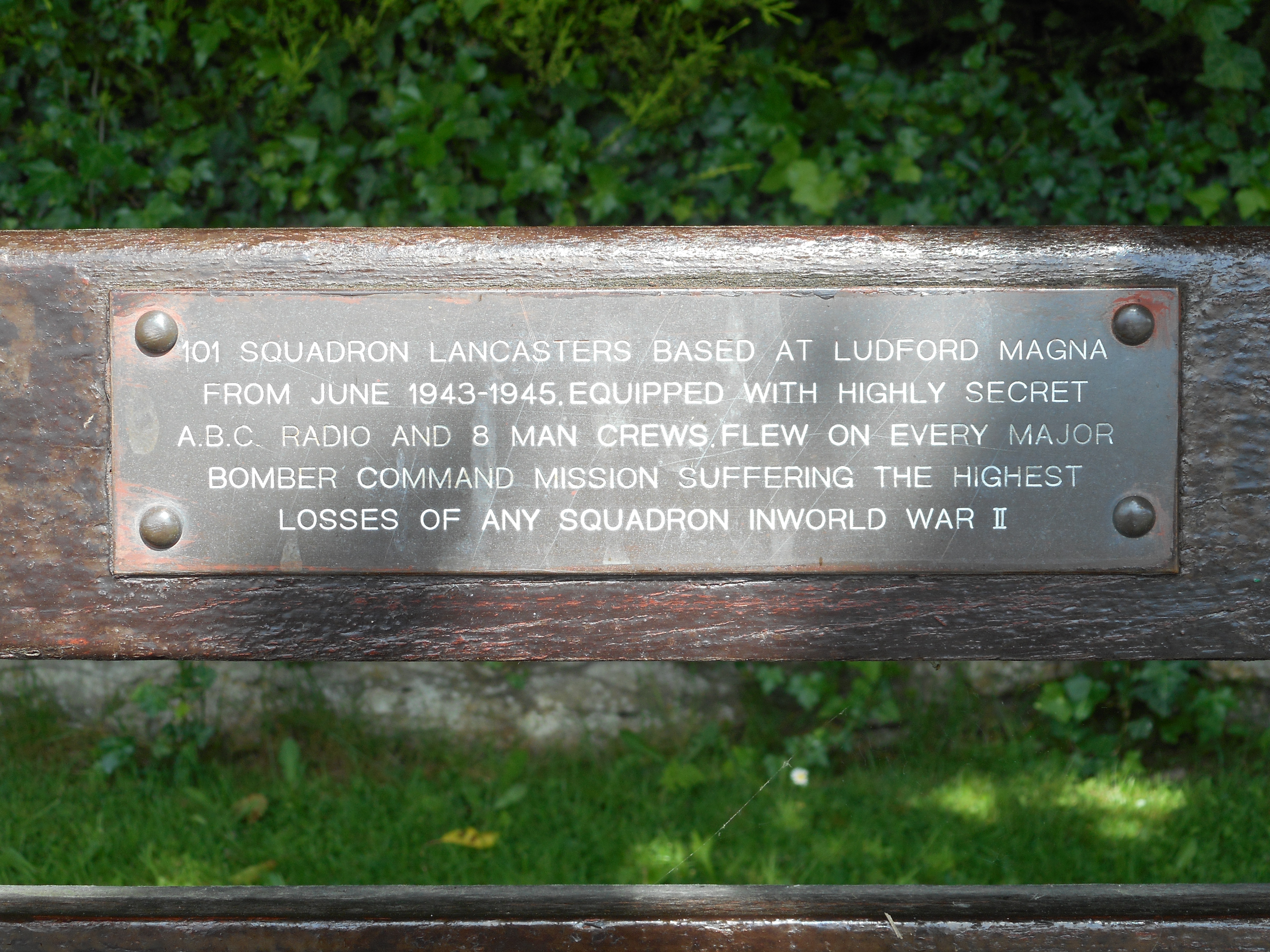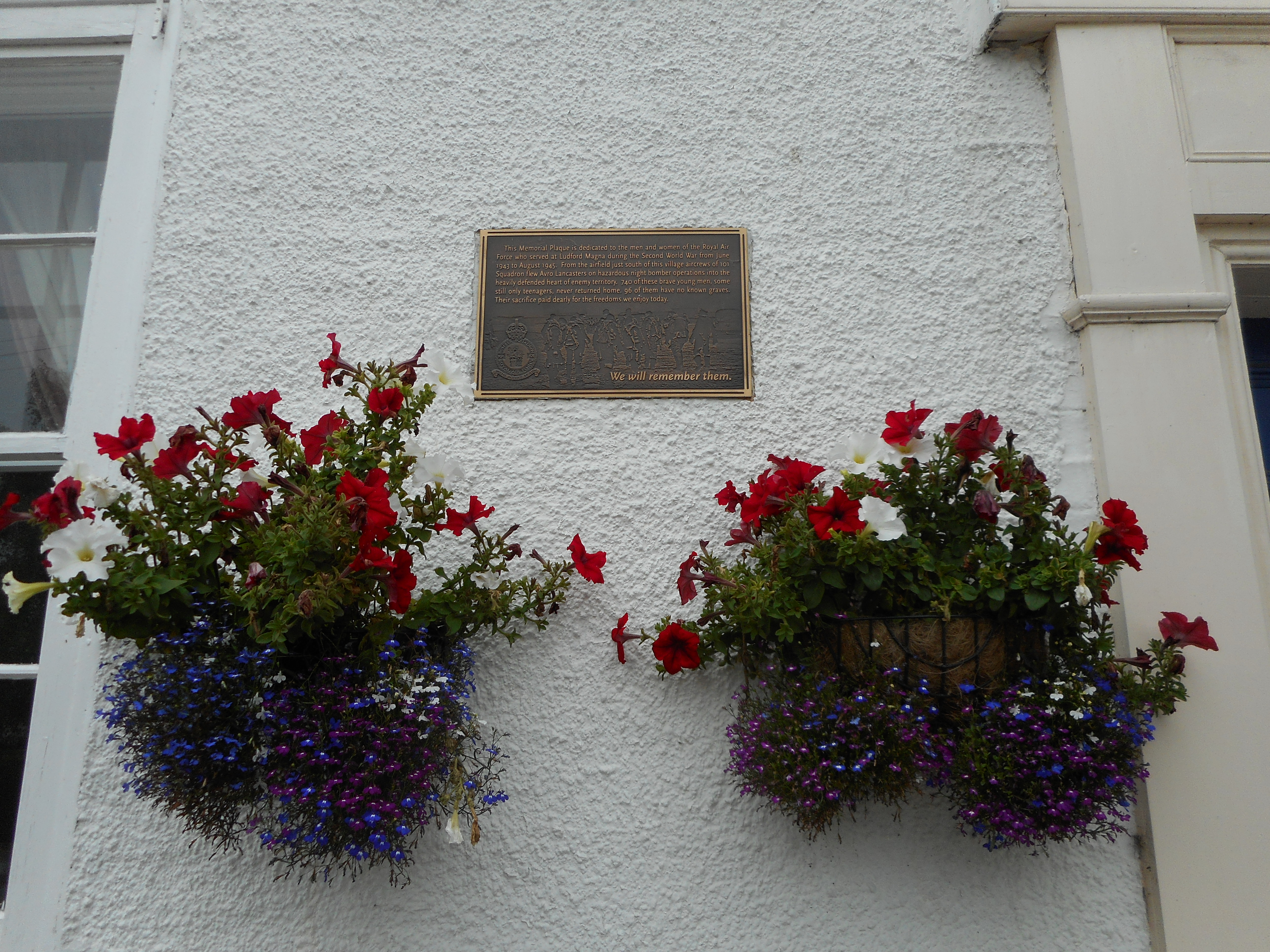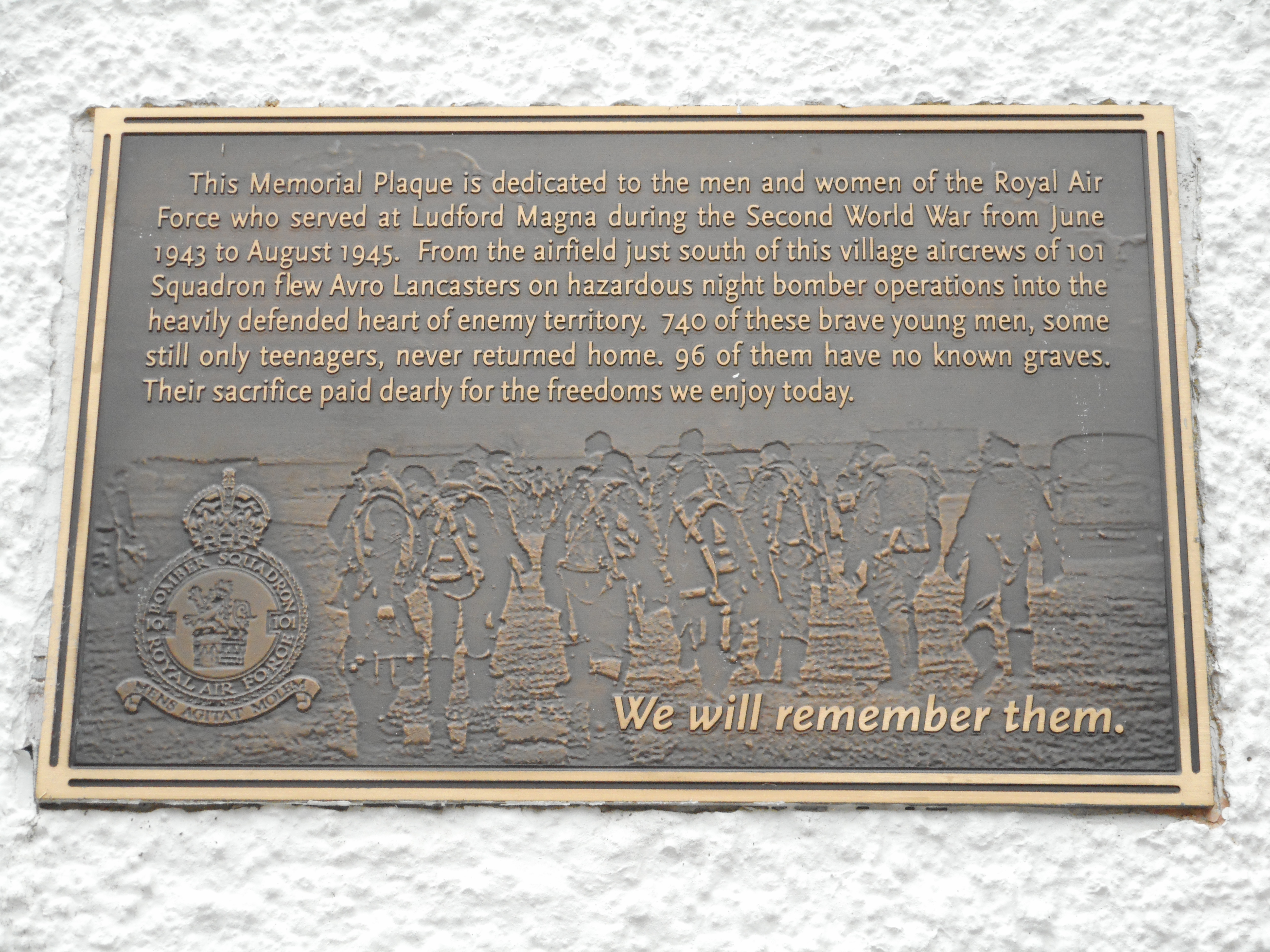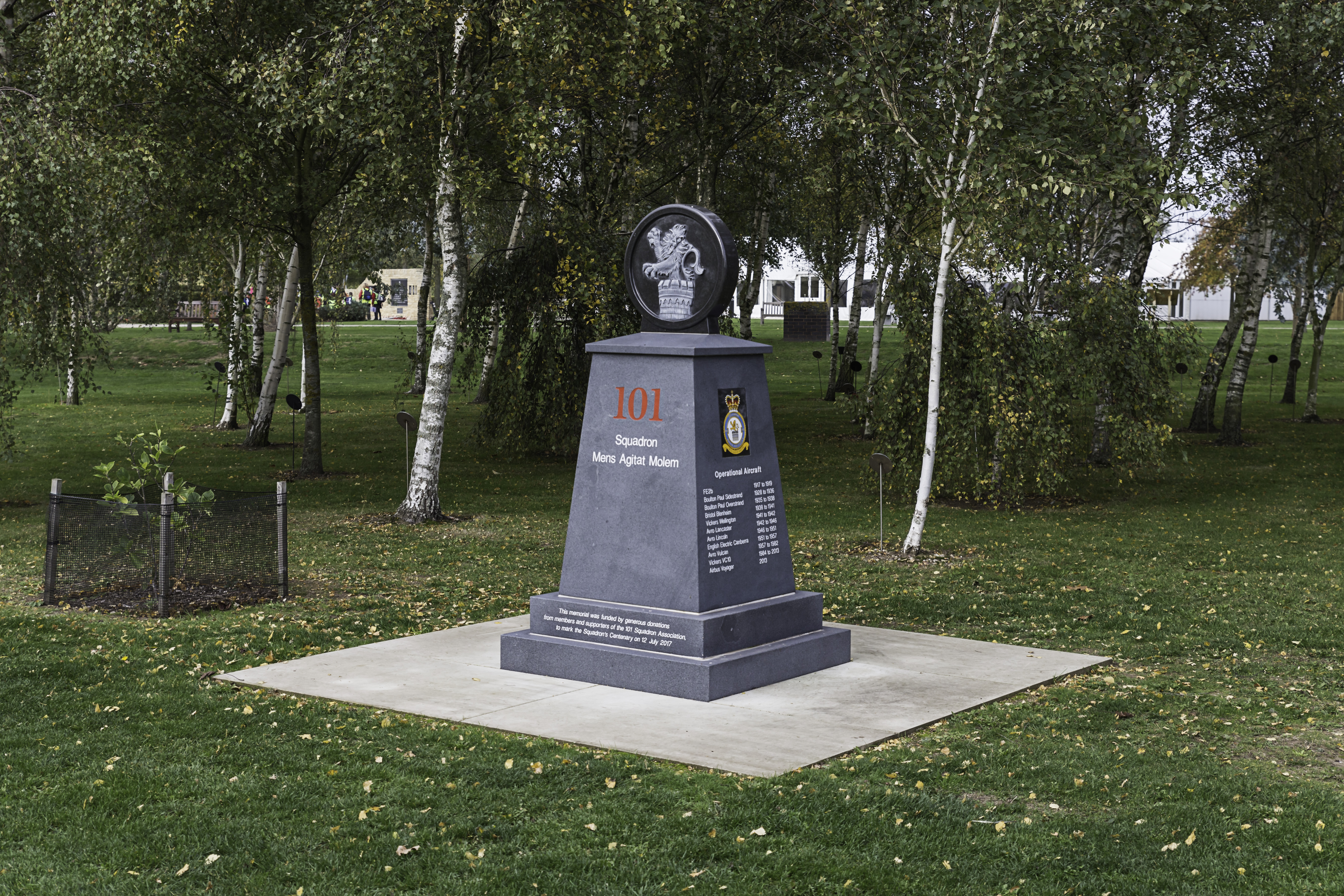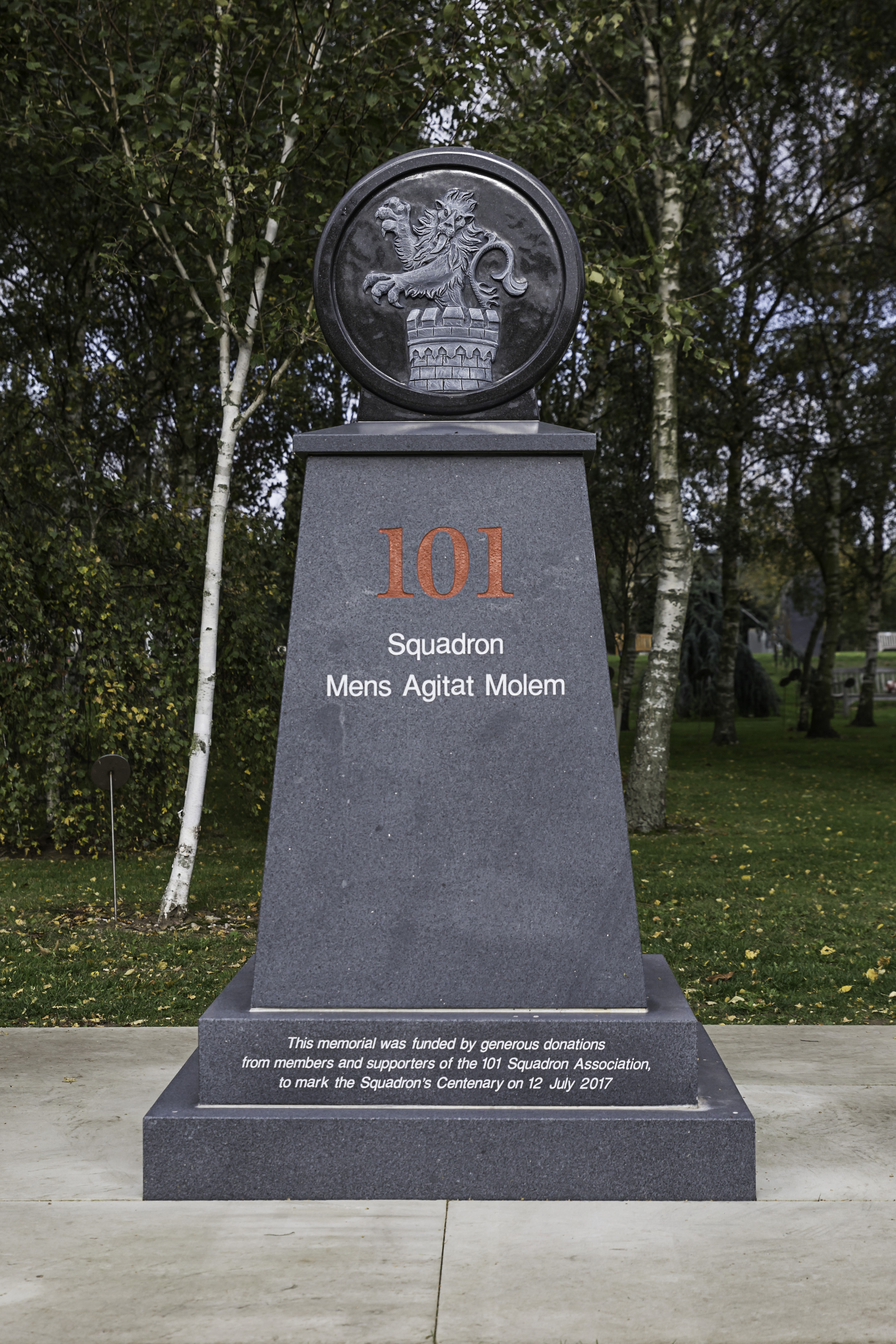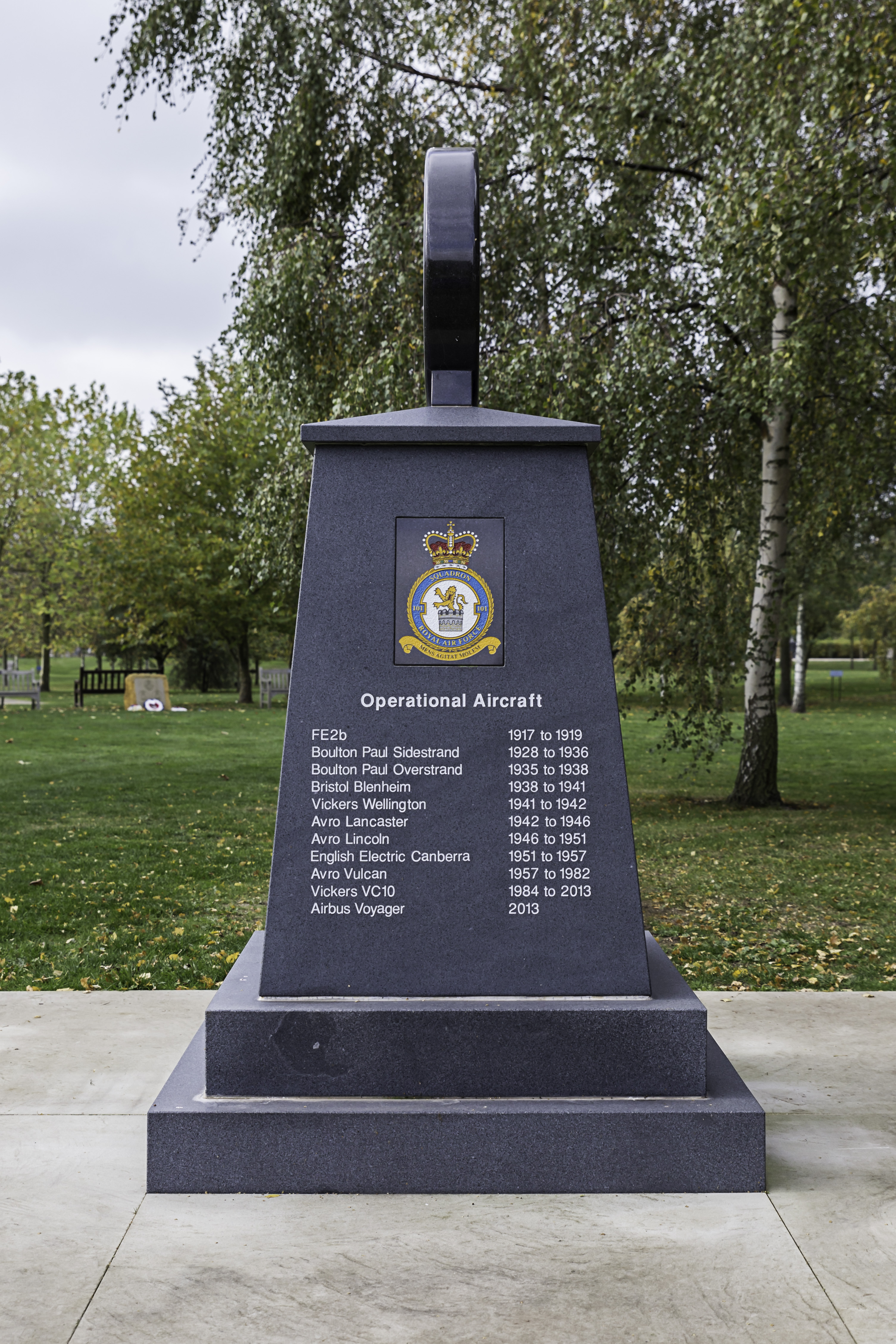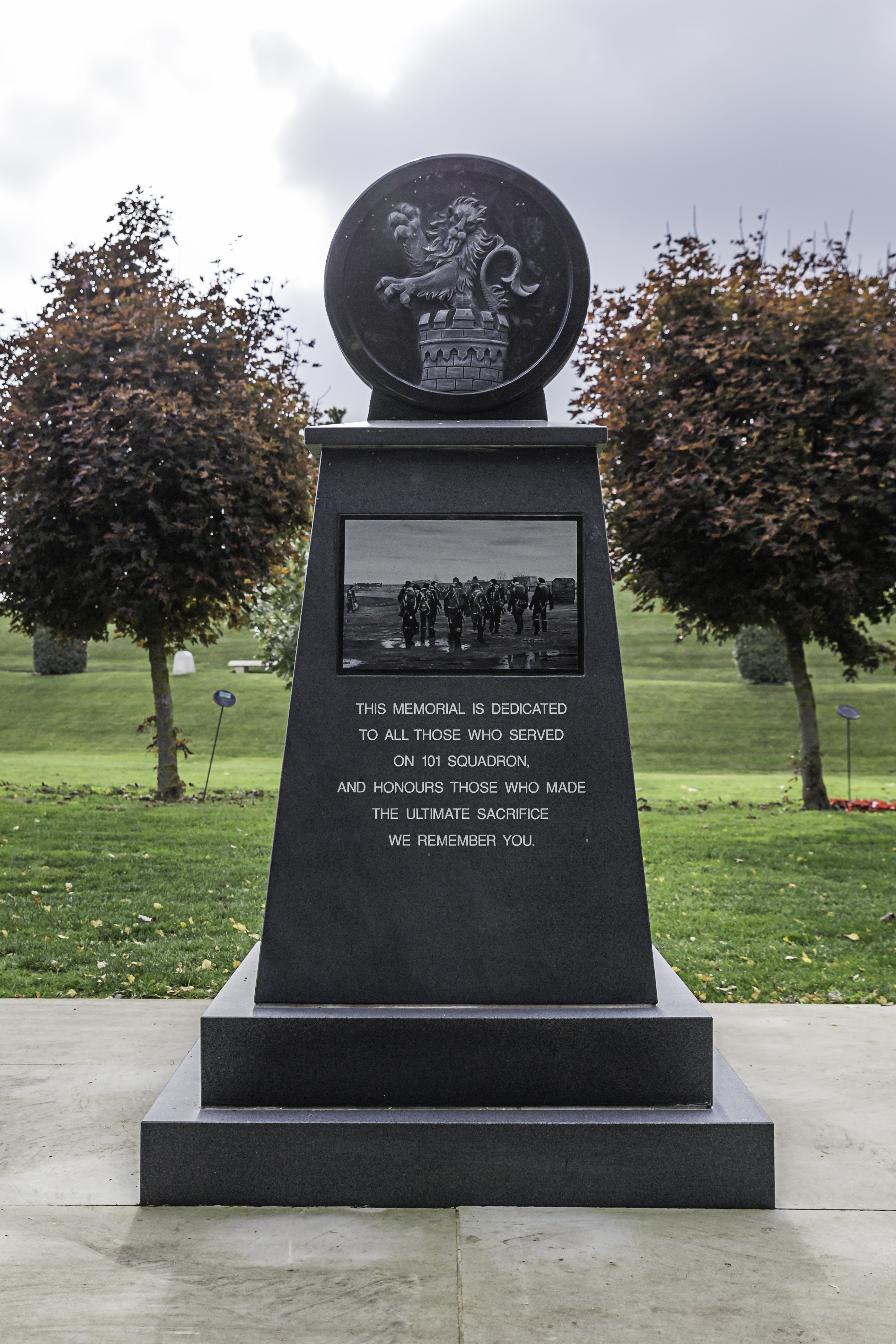| DSO Citation, London Gazette, 23 March 1943: "Distinguished Service Order. Pilot Officer Frederick William GATES (126623), Royal Air Force Volunteer Reserve, No. 101 Squadron. Conspicuous Gallantry Medal (Flying). 621162 Flight Sergeant George Frederick DOVE, D.F.M., No. 101 Squadron. 1313768 Sergeant Ivan Henry HAZARD, No. 101 Squadron. 1127080 Sergeant William Ernest WILLIAMS, No. 101 Squadron. 654077 Sergeant James Fortune BAIN No. 101 Squadron. 1112525 Sergeant Leslie AIREY, No. 101 Squadron. On the night of 14th February, 1943, Riot Officer Gates, Flight Sergeant Dove and Sergeants Williams, Bain and Airey were members of the crew of an aircraft captained by Sergeant Hazard, which was detailed to attack Milan. Whilst over the target area, the aircraft was attacked by an enemy fighter from close range. Its gunfire exploded some incendiary bombs which had failed to release and a fire quickly developed in the bomber. The fuselage became a mass of flames reaching through the mid-upper turret manned by Flight Sergeant Dove. Ammunition in the turret boxes and ducts commenced to explode in all directions. In the face of an appalling situation, Flight Sergeant Dove coolly remained at his post. Although he was burned about the hands and face, he manned his guns with grim resolution, skill and accuracy. He delivered a devastating burst at the attacker, which had already been engaged and hit by the rear gunnner and succeeded in destroying it. Disregarding the roaring flames, he then descended from his turret and went to the assistance of Sergeant Airey, the rear gunner, who had been wounded, and extricated him from the rear turret. The situation had become extremely critical and Sergeant Hazard ordered the crew to prepare to abandon aircraft. When informed that one of his comrades was helpless he decided, in spite of the grave risk entailed, to attempt a forced landing. Meanwhile, Pilot Officer Gates, assisted by Sergeants Williams and Bain bravely tackled the fire with extinguishers and succeeded in getting it under control. The aircraft was now down to 800 feet but, as the fire had subsided, Sergeant Hazard quickly decided to attempt to fly the badly damaged bomber home. He regained height and displaying fine airmanship crossed the Alps in safety, although 1 engine failed whilst so doing. On the remainder of the journey Pilot Officer Gates 3 rendered valuable assistance to his captain and frequently ministered to his wounded comrade, Although this necessitated clambering over a hole in the floor of the aircraft in darkness. Aided by the skilful navigation of Sergeant Williams and good work by Sergeant Bain, the flight engineer, Sergeant Hazard succeeded in flying the seriously damaged aircraft back to this Country. In circumstances of the greatest danger, this aircraft crew displayed-courage, fortitude and devotion, to duty in keeping with the highest traditions of the Royal Air Force". |
